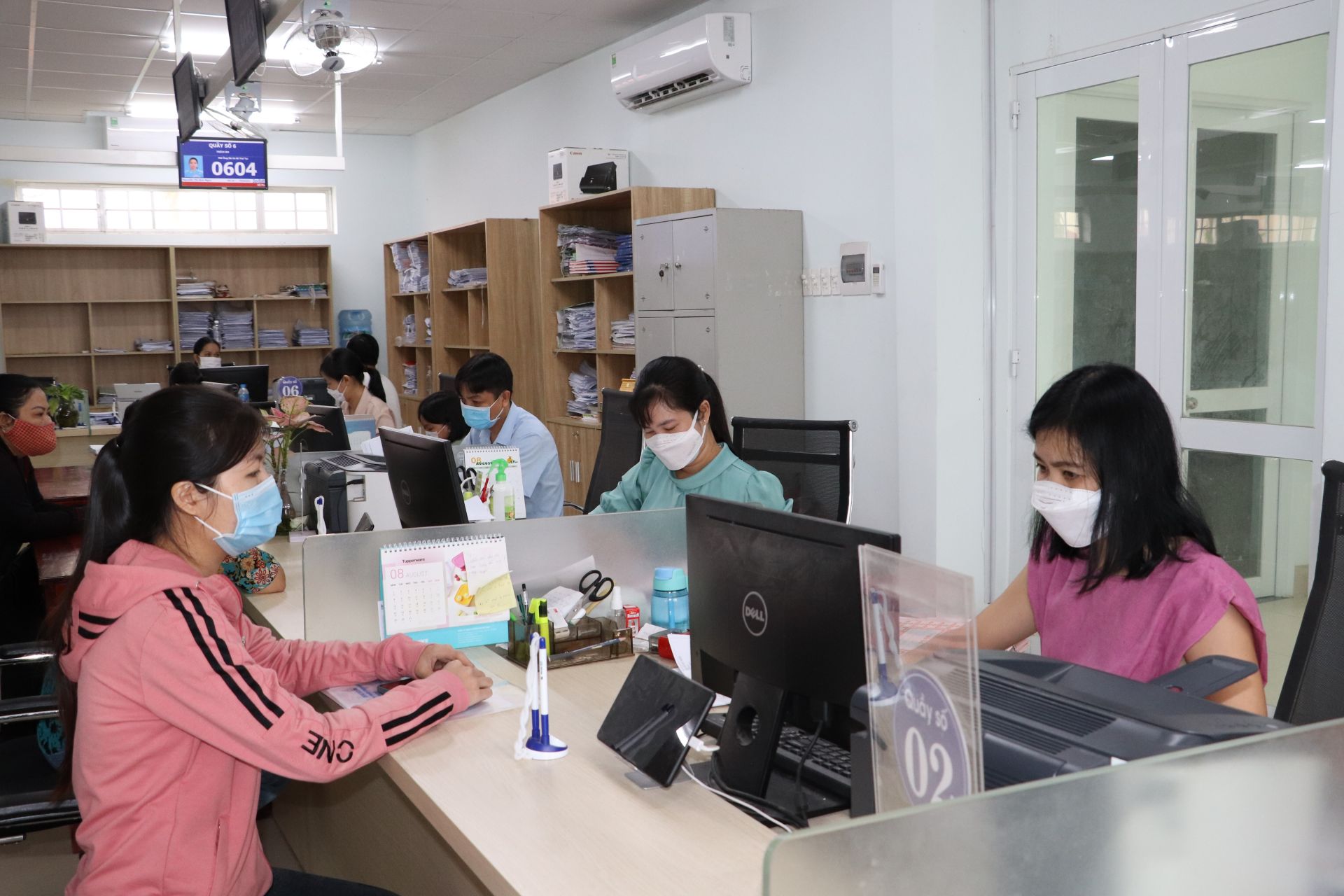The Ministry of Health to guide the classification of people infected with Covid-19 in Vietnam
On June 26, 2023, the Ministry of Health of Vietnam issued Decision 2671/QĐ-BYT on guiding the diagnosis and treatment of COVID-19.
The Ministry of Health to guide the classification of people infected with Covid-19 in Vietnam
Most patients have only mild symptoms, but the rate of severe or critical illness is much higher than with influenza viruses and other respiratory viruses.
(1) Asymptomatic infected person
The patient has no clinical symptoms.
- Breathing rate < 22 breaths/min, SpO2 > 96% when breathing air
(2) Patients with symptoms
* Low:
- Clinical
Patients with COVID-19 have clinical symptoms such as fever, cough, fatigue, sore throat, headache, muscle aches, runny nose, loss of taste, smell, diarrhea...
+ Respiratory: no symptoms of pneumonia or shortness of breath, no hypoxemia
Consciousness: awake.
Patients can self-service.
- Subclinical: Chest X-ray is normal or has little damage.
* Moderate degree (Pneumonia):
- Clinical
+ General condition: The patient has clinical symptoms that are mild.
+ Respiration: rapid breathing 22–30 times/minute, moderate dyspnea (when doing housework, going up the stairs one floor), SpO2 >= 94% when breathing room air.
Circulatory: Tachycardia, normal blood pressure.
Consciousness: awake.
The patient showed no signs of severe respiratory failure.
- Subclinical
+ Chest X-ray and chest CT: with lesions, less than 50% of lesions.
+ Ultrasound: B wave image.
* Severity (severe pneumonia):
- Clinical
+ Respiratory: signs of severe respiratory failure such as: shortness of breath even at rest, breathing rate > 30 times/minute; contractile breathing of the accessory respiratory muscles; SpO2 < 94% when breathing room air.
+ Circulatory: tachycardia or possibly bradycardia, BP normal or elevated.
+ Nervous: nervous or tired, okay.
- Subclinical
+ Chest X-ray and/or CT chest: there is more than 50% lung damage.
+ Ultrasound: many B-wave images.
+ PaO2/FiO2 < 300 (or SpO2/FiO2 < 315 when there is no KMD).
* Critical level:
Acute respiratory distress syndrome (ARDS), septic shock, cardiogenic shock, acute embolism, cytokine storm, exacerbation of severe chronic illness, multi-organ failure.
- Clinical
+ Respiratory: there are signs of acute respiratory failure with severe breathing effort, severe contraction of accessory respiratory muscles; an abnormal breathing pattern; a need for oxygen supply > 6 l/min to maintain SpO2 > 92% or a rapidly increasing oxygen demand; a requirement for respiratory support with high-flow oxygen (HFNC), CPAP, or invasive mechanical ventilation.
+ Nervous: decreased consciousness or coma.
Circulatory: fast or slow heart rate, low blood pressure.
+ Kidney: little urine or anuria.
- Subclinical
+ Chest X-ray and/or CT chest: there is more than 50% lung damage.
+ Ultrasound: many B-wave images.
+ PaO2/FiO2 < 200 (or SpO2/FiO2 < 235 when there is no KDM)
+ PH < 7.3; PaCO2 > 50 mmHg,
Blood lactate > 2 mmol/L.
More details can be found in Decision 2671/QĐ-BYT, effective from June 26, 2023.
- Key word:
- people infected with Covid-19
- in Vietnam
- Organizational structure of Departments and criteria for establishing subordinate organizations under the departments in Vietnam
- System of legislative documents in Vietnam from April 1, 2025
- Rights and responsibilities of National Assembly Deputies and People's Council Deputies of Vietnam
- Organizational structure of the Department of Customs of Vietnam from March 1, 2025
- Principles for establishing prices for electricity system operation dispatch and electricity market transaction administration in Vietnam
- Prime Minister of Vietnam directs various measures to reduce lending interest rates
-

- Emergency response and search and rescue organizations ...
- 10:29, 11/09/2024
-

- Handling of the acceptance results of ministerial ...
- 09:30, 11/09/2024
-

- Guidance on unexploded ordnance investigation ...
- 18:30, 09/09/2024
-

- Sources of the National database on construction ...
- 16:37, 09/09/2024
-

- General regulations on the implementation of administrative ...
- 11:30, 09/09/2024
-

- Notable new policies of Vietnam effective as of ...
- 16:26, 11/04/2025
-
.Medium.png)
- Notable documents of Vietnam in the previous week ...
- 16:21, 11/04/2025
-
.Medium.png)
- Notable documents of Vietnam in the previous week ...
- 16:11, 02/04/2025
-
.Medium.png)
- Notable new policies of Vietnam to be effective ...
- 16:04, 02/04/2025
-
.Medium.png)
- Notable new policies of Vietnam effective from ...
- 14:51, 21/03/2025

 Article table of contents
Article table of contents
